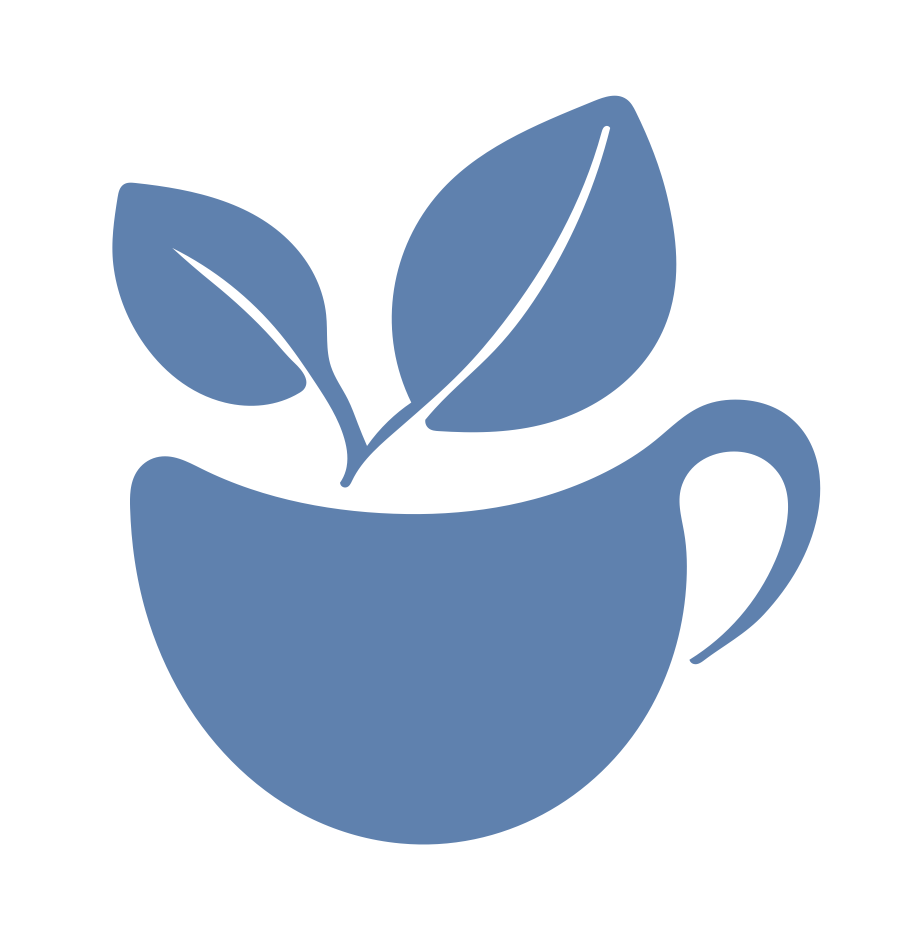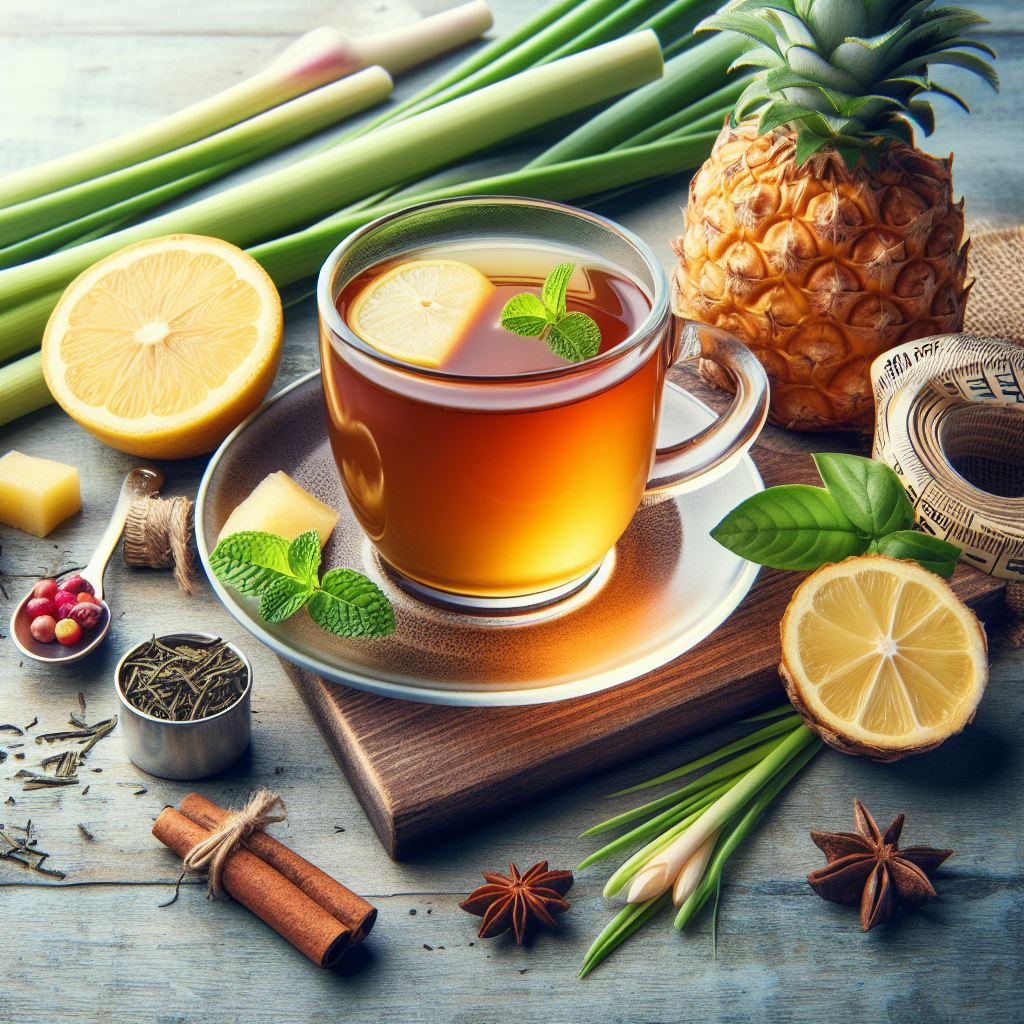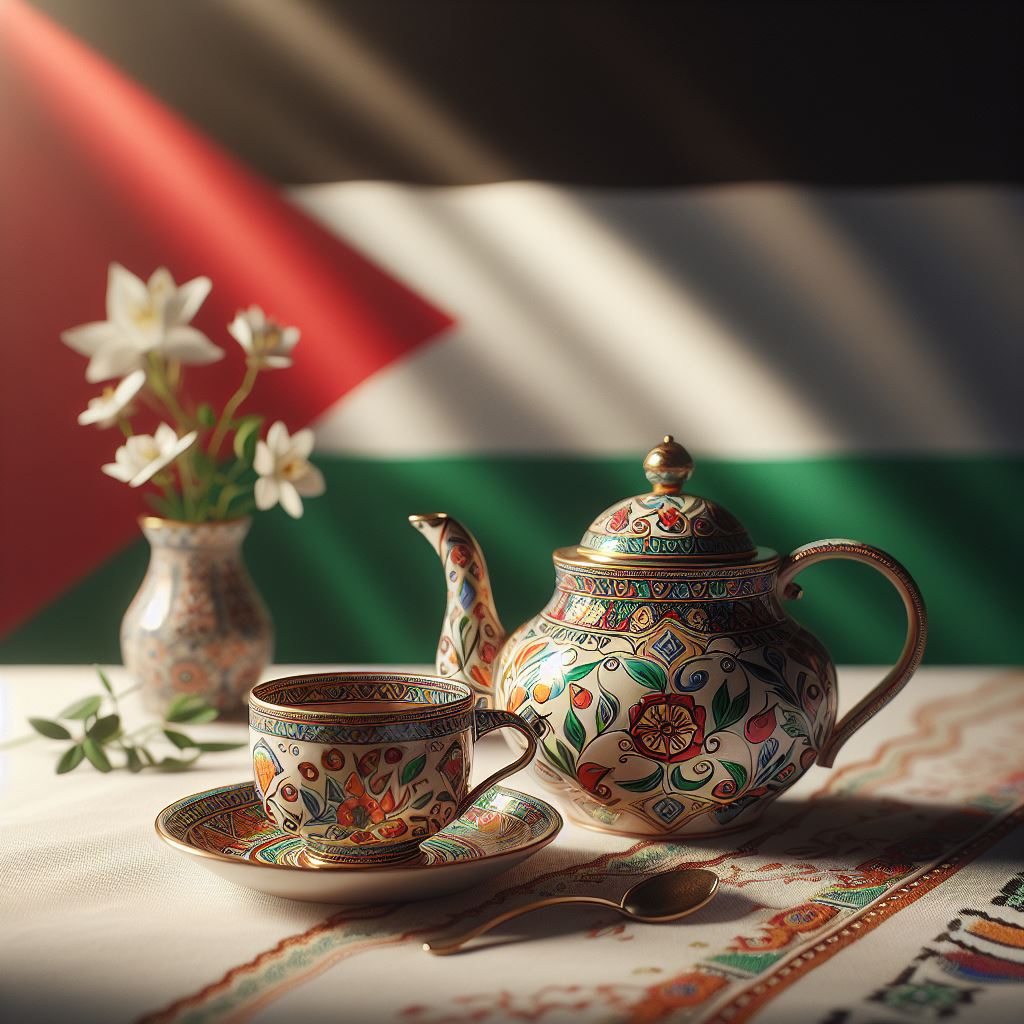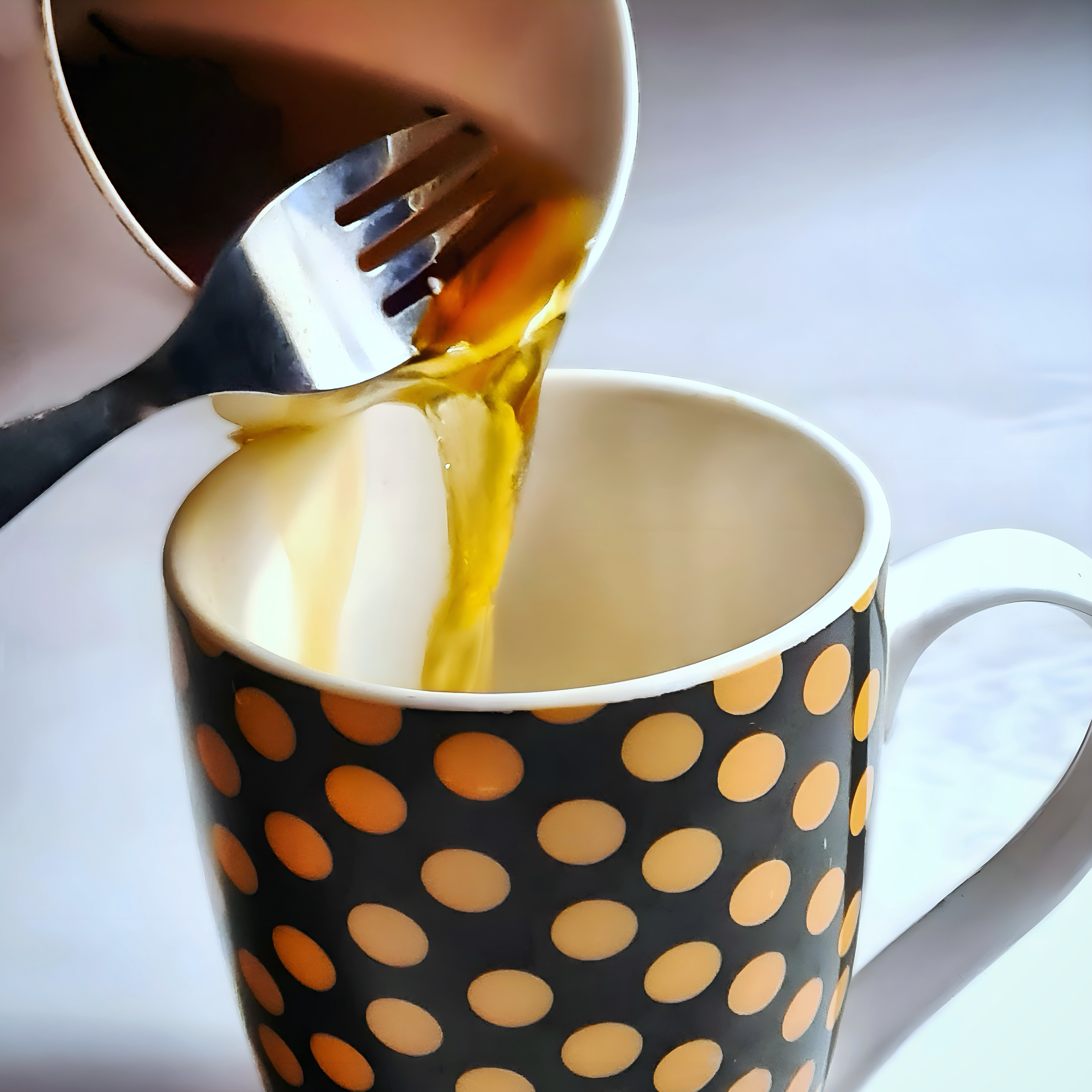Tea is one of the most popular beverages in the world, with countless varieties and flavours to suit every taste and mood. But did you know that there are some teas so weird and unusual that they might make you think twice before taking a sip? From cheese to yak butter, from pink to black, from salty to sweet, here are 10 of the most odd and unusual tea flavours that people actually drink around the world.

Top 10 Most Odd and Unusual Tea
1. Cheese Tea – An unusual tea with a savoury Twist
Cheese tea is a concoction made out of iced brewed matcha, black, or oolong tea topped with a frothy layer of milk, whipped cream, salt, and cream cheese. It was born somewhere around 2010 in the Taiwanese night markets and soon spread other parts of Asia. Cheese tea tastes kind of like dessert, but it has strong savoury undertones that give it a unique spin. The top layer looks like a cheesecake kind of whipped cream sitting on a mug of cold brew.
2. Panda Dung Tea – The Smelly Unusual Tea
If you are looking for a unique and expensive tea experience, you might want to try panda dung tea. This tea is made from green tea leaves that are fertilized by the excrement of pandas. They eat only wild bamboo and leave behind most of the nutrients in their waste. The tea is grown in the Ya’an mountainous region of Sichuan, China, by An Yanshi, who claims that the tea is smooth, healthy and eco-friendly. However, be prepared to pay a hefty price for this rare delicacy: one cup can cost up to $200!
3. Noon Chai Tea or Pink Tea – A Wonderfully Pink Tea
Noon chai tea is an aromatic tea from the Kashmir Valley that’s rich, delicious, and pink! Made with a blend of aromatic spices, gunpowder tea, milk, baking soda, and pistachios, noon chai tea gets its distinctive creamy citrusy flavour thanks to an unusual ingredient: sea salt. Unlike other traditional teas, the process of making noon chai requires a lot of time (and patience!) Green tea leaves need to be brewed in baking soda for 45 to 90 minutes. This allows it to obtain a unique red brown extract known as “tueth”. Additionally, the liquid is then diluted with water and mixed with milk and salt. This gives it that unique shade of pink.
4. Fermented Yak Butter Tea: An Unusual Tea Using Cow Butter
Fermented yak butter tea is a creamy beverage that has been around for centuries. It’s a staple drink in Tibet and other parts of the Himalayas, providing warmth and energy in the harsh climate. To make this tea, black tea leaves are boiled for several hours until they form a strong concentrate. Then, fermented yak butter (or cow butter) and salt are added to the tea and churned until frothy. The result is a thick and savoury drink that tastes like soup or broth.
5. Tienchi Ginseng Flowers Tea: The Tea of Beauty
Tienchi ginseng grows in China, and has been used for medicinal purposes for thousands of years. It has many benefits such as improving blood circulation, reducing inflammation, and enhancing immunity. Tienchi ginseng flowers are the buds of the plant that bloom in summer. They are dried and brewed into a herbal tea that has a sweet and floral flavour. Also, the Tienchi ginseng flowers tea is known as “the beauty tea” because it helps improve skin complexion and prevent ageing.
6. Genmaicha Tea: A Popcorn Tea
Genmaicha tea is a nutty blend of green tea and roasted brown rice originating in Japan. It is also known as “popcorn tea” because some of the rice grains pop during the roasting process and resemble popcorn kernels. Genmaicha tea has a mild and toasty flavour that balances the bitterness of green tea. It is also low in caffeine and high in antioxidants. Genmaicha tea can be served with meals or as an afternoon snack.
7. Awabancha Tea: An Unusual Tea with Fermented Lactic Acid Bacteria
Awabancha tea is a traditional dark tea from Tokushima prefecture in Japan. It is made from mature leaves of wild or cultivated tea plants that are boiled, rubbed, and fermented with lactic acid bacteria in a barrel for up to a month. The fermentation process gives the tea a sour and salty flavour, similar to pickled tea leaf salad from Myanmar. Awabancha tea is said to have a long history that dates back to the ninth century, when it was taught by the Buddhist monk Kōbō Daishi. It is still produced and consumed by local families in the mountain villages of Tokushima, where it is also known by different names such as Aioi Bancha, Kamikatsu Bancha and Jidencha.
8. Kombucha Tea: A Sweet Yeasty Treat
Kombucha tea is a a fermented beverage that is made from sweetened tea and a culture of bacteria and yeast called a SCOBY. The SCOBY feeds on the sugar and produces acetic acid, carbon dioxide, and alcohol, giving kombucha its tangy, fizzy, and slightly alcoholic taste. Kombucha is also rich in probiotics, which are beneficial bacteria that can improve your gut health and digestion. Kombucha may also provide some of the same benefits as green tea, such as antioxidants, anti-inflammatory effects, and cancer prevention.
9. Butterfly Pea Flower Tea: The Multicoloured Tea
Butterfly pea flower tea is a herbal tea that is made from the dried petals of the butterfly pea flower, a plant native to Southeast Asia. The tea has a striking blue colour that changes to purple or pink when lemon juice or other acidic ingredients are added. Butterfly pea flower tea has a mild and earthy flavour that can be enhanced with honey or sugar. Butterfly pea flower tea is also said to have many health benefits, such as boosting brain function, reducing stress, improving eyesight, and enhancing skin health.
10. Labrador Tea: A Toxic Tea
Finally, the Labrador tea is a herbal tea that is made from the leaves of the Labrador plant, an evergreen shrub native to North America. The tea has a pine-like aroma and a slightly bitter and spicy flavour. Labrador tea has been used by Native Americans for centuries as a remedy for various ailments, such as colds, coughs, sore throats, headaches, and stomach problems. Labrador tea is also rich in antioxidants and anti-inflammatory compounds. However, Labrador tea should be consumed with caution, as it contains a toxic substance called ledol that can cause nausea, vomiting, drowsiness, and seizures if consumed in large amounts.
If you liked this top ten list of unusual teas, you may find some of our other posts interesting:
- The Best Sweeteners for Tea: How to Find Your Sweet Spot
- The Art of Re-Steeping: How to Enjoy Multiple Cups of Flavour
- How to Pair Food with Tea: A Flavourful and Fun Guide
- The Best Teas for Your Plants’ Existential Crisis
- Loose Leaf Tea vs Tea Bags: Which One is Better for Your Wallet and Wellbeing?
Sources:
- https://www.peacefuldumpling.com/unusual-teas-to-try
- https://londonist.com/london/drink/unusual-quirky-interesting-afternoon-teas-london
- https://brewedleaflove.com/weird-teas/
- EthicalFoods.com – Panda Poo Tea
- Awa Bancha (myjapanesegreentea.com)
- https://www.bbcgoodfood.com/howto/guide/health-benefits-kombucha.





Leave a Comment